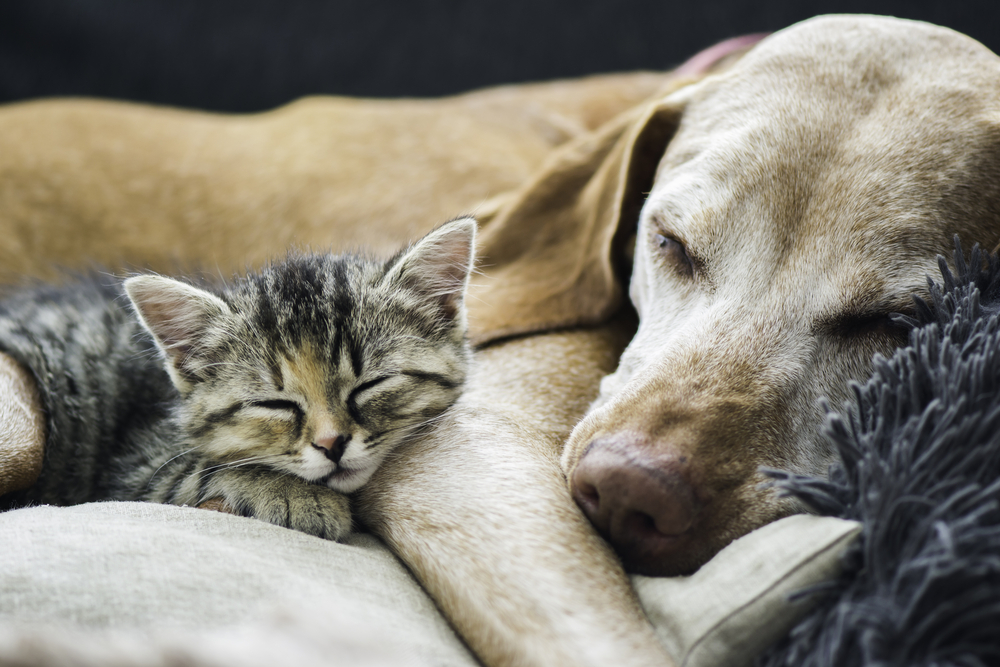We all grow older – and that includes our four-legged friends.
Others are reading now
As dogs age, both their bodies and minds undergo changes that can affect their daily lives.
Some of these changes are obvious, like gray hairs around the muzzle and decreased energy levels, while others develop gradually, such as impaired hearing or altered behavior.
It’s essential to recognize these signs so you can adjust their care and lifestyle to meet their evolving needs.
Aging doesn’t mean your dog can’t enjoy life anymore – but it does mean they require more care and understanding.
Also read
Reduced activity, changes in eating habits, and potential health concerns call for owners to be attentive and supportive.
By understanding and respecting the aging process, you can help ensure that your dog enjoys a safe and comfortable senior life.
Changes in Behavior and Temperament

Older dogs may become more reserved or irritable.
They might also become more dependent on their owner, seeking extra attention or reassurance.
Some dogs become more easily startled or confused, especially if their vision or hearing begins to deteriorate.
Declining Vision and Hearing

One of the most noticeable physical signs of aging is diminished vision.
Your dog may struggle to recognize people or objects and may have difficulty navigating its surroundings.
Hearing loss is also common.
You might notice that your dog no longer responds when called or doesn’t react to sounds that previously triggered barking.
Conversely, it may startle more easily at certain noises, even when there is no real threat.
Changes in Coat and Skin
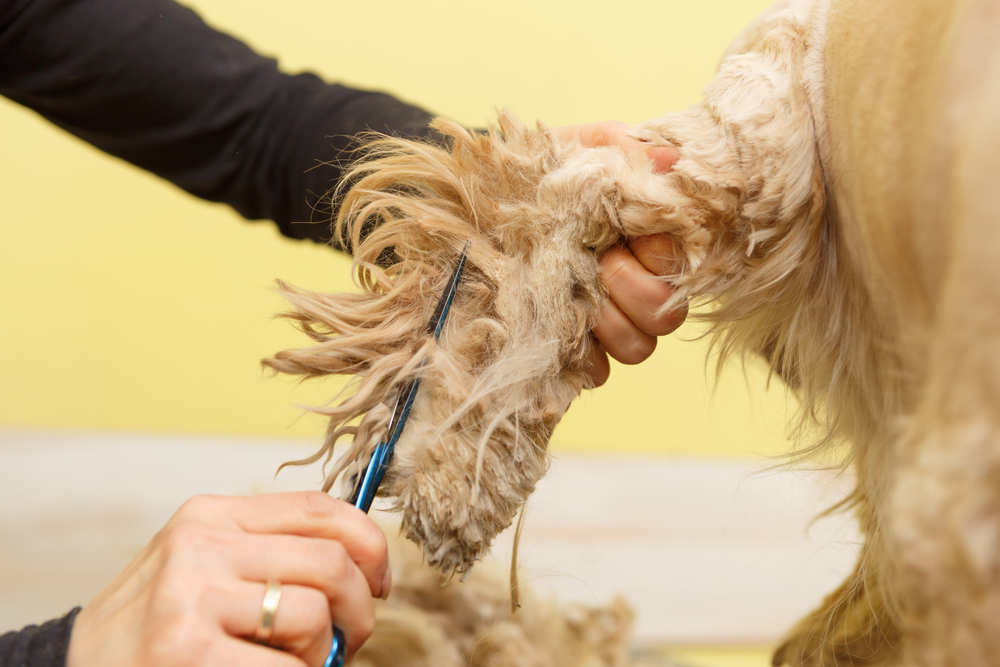
One of the most visible signs of aging in dogs is the appearance of white hairs, especially around the muzzle.
As dogs get older, their fur often becomes duller, and some areas may lose hair.
Additionally, their paw pads may develop callouses, dry patches, or corns due to aging.
Changes in Sleep Patterns

An older dog may sleep more than before, but its sleep patterns can also shift.
It may wake up more frequently during the night, wander around, or seem restless.
This could be due to pain, confusion, or even cognitive issues.
Signs of Cognitive Dysfunction

Just like humans, dogs can develop cognitive problems resembling dementia.
Signs include confusion, disorientation, forgetfulness (such as forgetting where its food bowl is), or staring into space for no apparent reason.
It may also develop irregular sleep patterns and become more restless at night.
Poor Dental Health
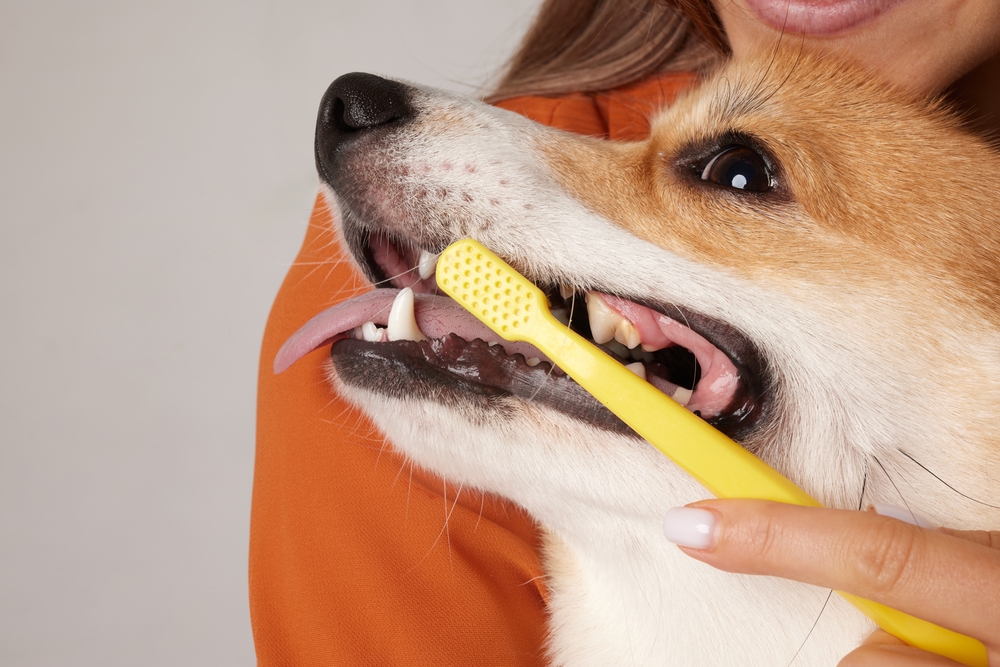
Aging also affects a dog’s teeth.
Tartar buildup and cavities can cause pain when eating.
That’s why maintaining good oral hygiene is essential – for instance, by providing special chew toys designed to keep teeth clean and healthy.
Changes in Digestion and Sensitive Stomach
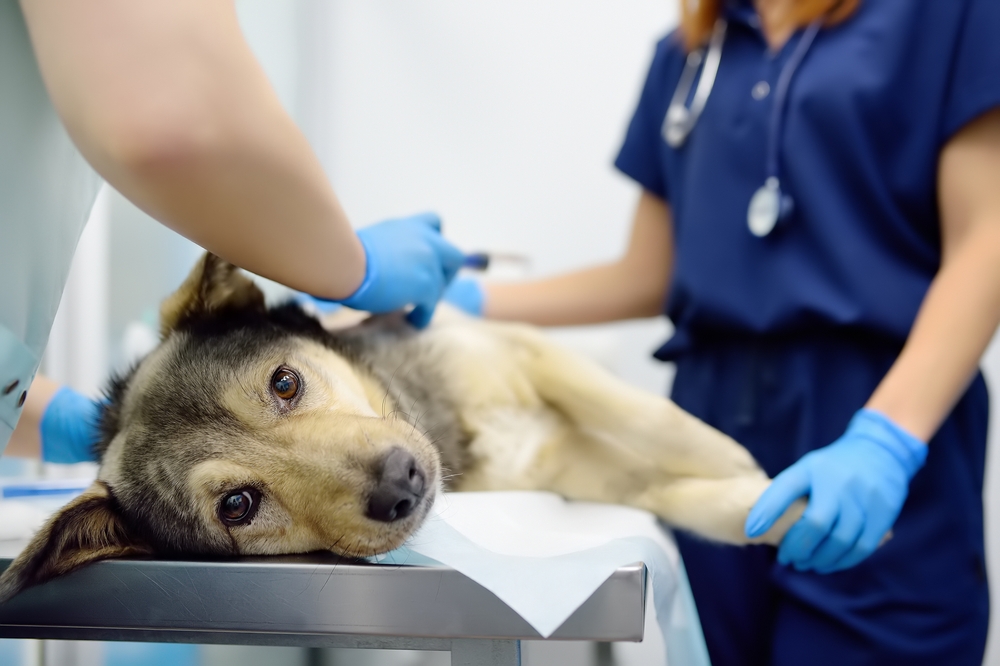
Aging can lead to digestive changes.
Some dogs may be more prone to diarrhea or constipation, while others develop food intolerances.
A well-balanced diet with easily digestible ingredients can help support their digestive health.
Reduced Mobility and Stiffness
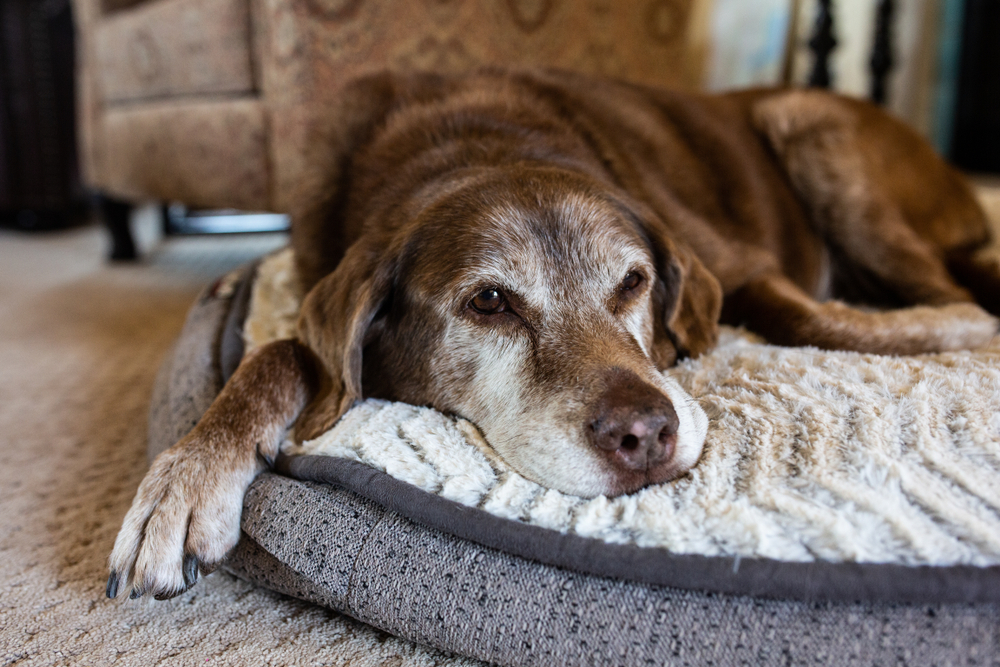
As dogs age, their joints become less flexible, and they may develop arthritis or osteoarthritis.
You may notice difficulty getting up after resting, stiffness in the mornings, or avoidance of stairs and jumping.
Weight Changes

Reduced physical activity often leads to weight gain.
If food portions aren’t adjusted accordingly, your dog could become overweight, increasing the risk of degenerative diseases such as arthritis, breathing problems, and joint pain.
In some cases, hormonal imbalances or illness can lead to weight loss and decreased appetite. Whatever the cause, it’s important to adapt your dog’s diet to its changing needs.
Lumps Under the Fur
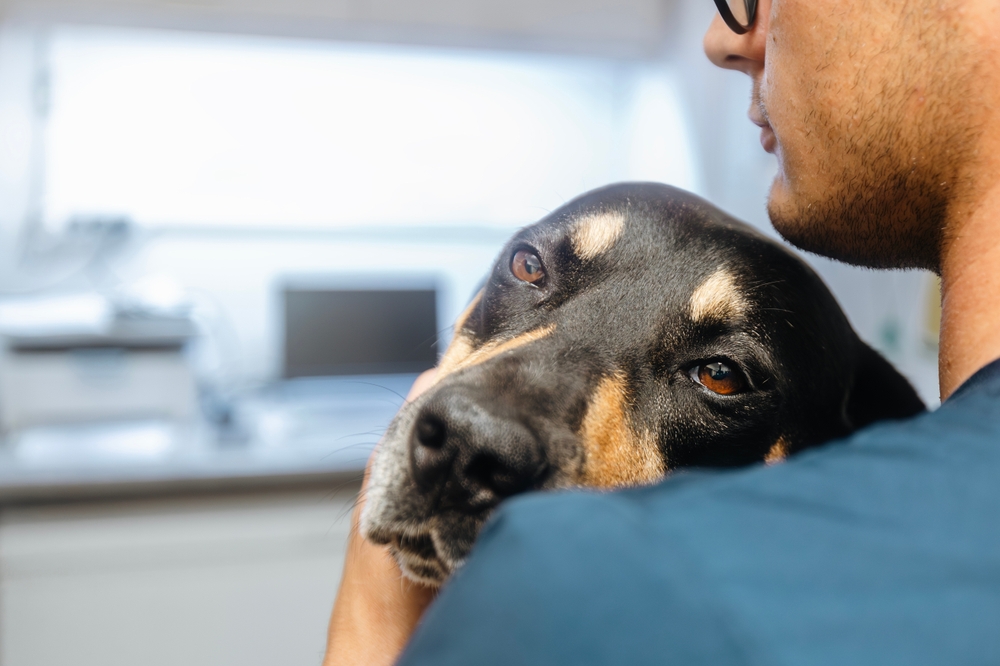
Older dogs often develop warts or cysts. In more severe cases, lumps may be a sign of cancer.
It’s essential to have any new lumps examined by a veterinarian to determine whether they pose a health risk.
Increased Fatigue

Where your dog was once full of energy, eager to play from morning to night, it may now tire more easily, breathe more heavily, and show less enthusiasm for running or fetching.
Aging also brings behavioral changes – your dog may become calmer and less active.
It may be less social than before and take more naps throughout the day.
Rest is important for its well-being, but that doesn’t mean you should give up on walks and playtime.
Instead, adjust activities to match its physical capabilities, making them less strenuous.
Urinary Issues
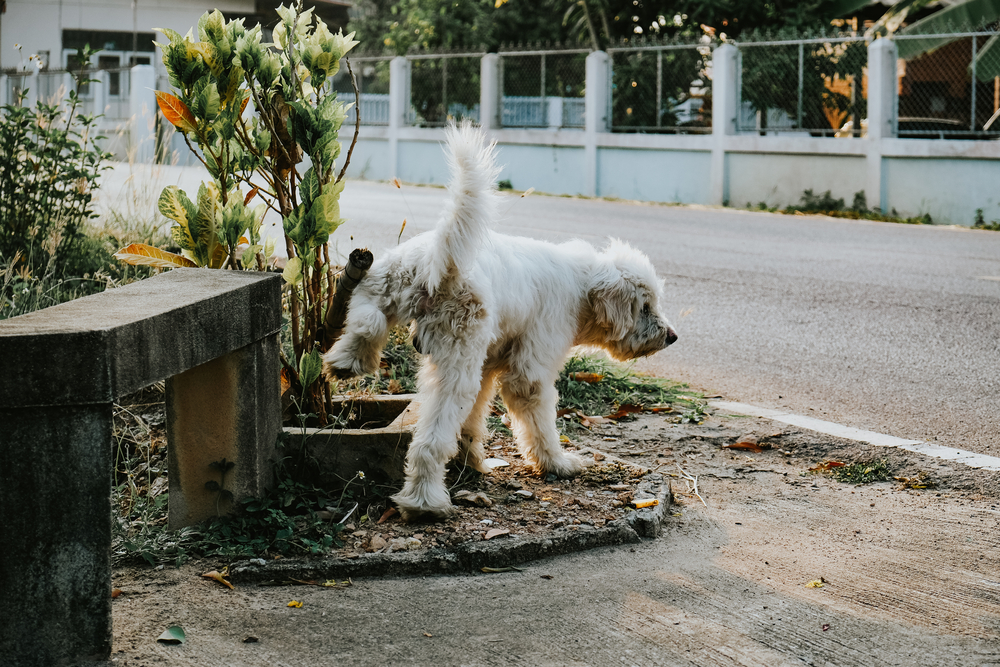
Older dogs may struggle with bladder control.
If you notice small urine spots or puddles around the house, it could be a sign of weakened bladder function.
Be patient and understanding – your dog isn’t doing it on purpose.

